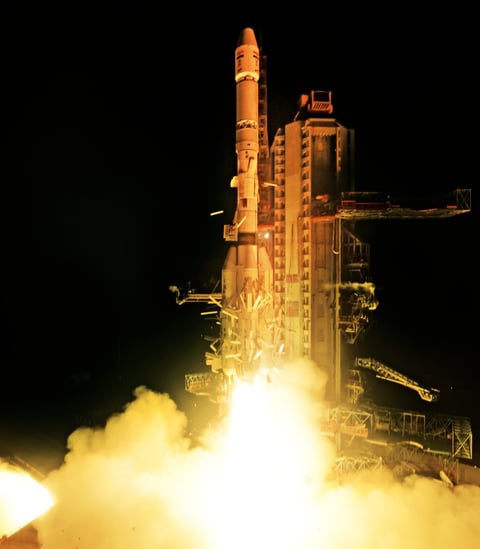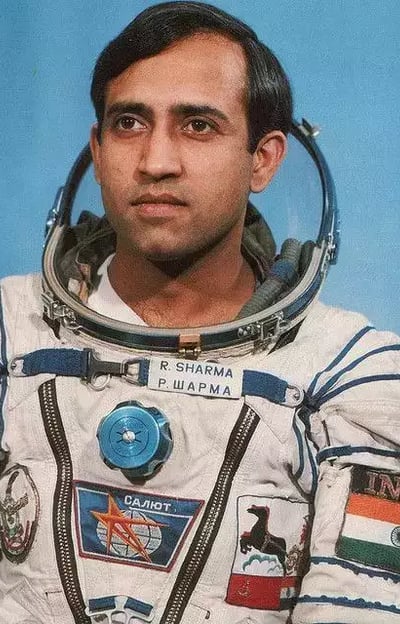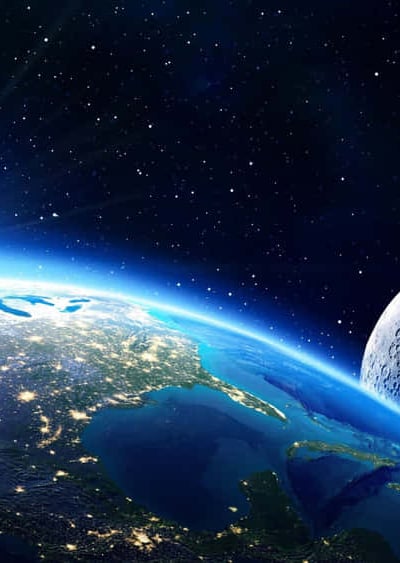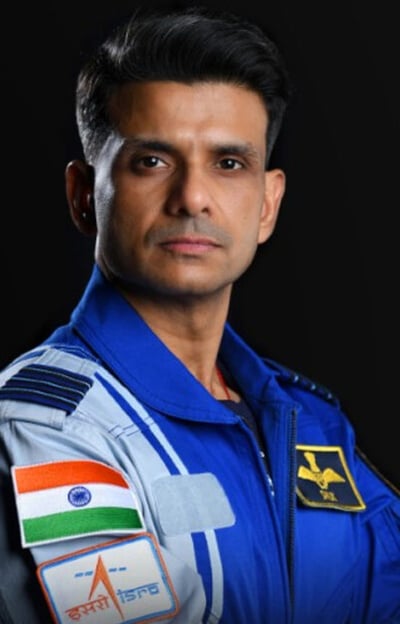THE #1 SOURCE OF ACTUAL NEWS
AFTER 40+ YEARS
After the First INDIAN towards the space and the First INDIAN step towards the INTERNATIONAL SPACE STATION
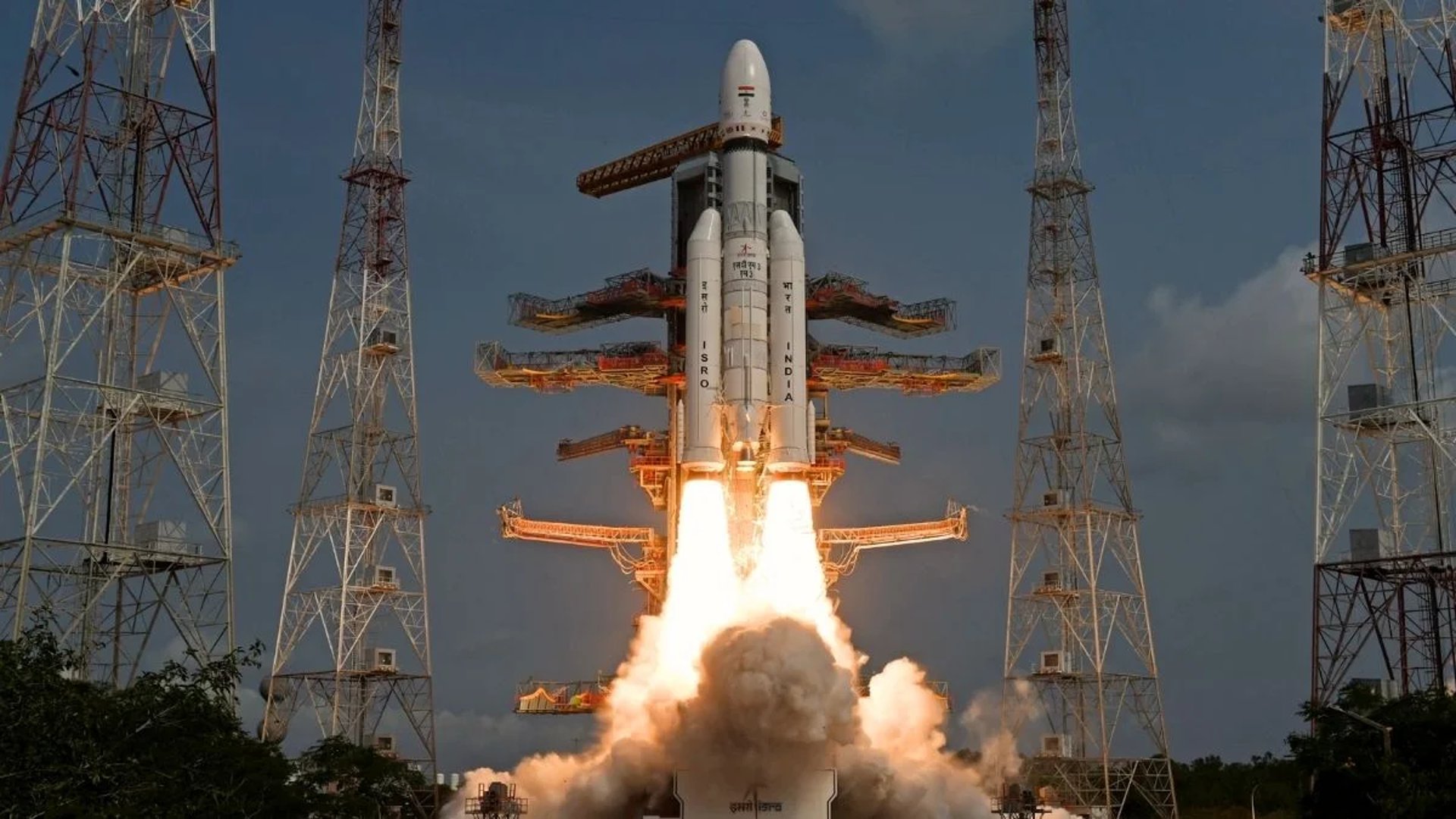
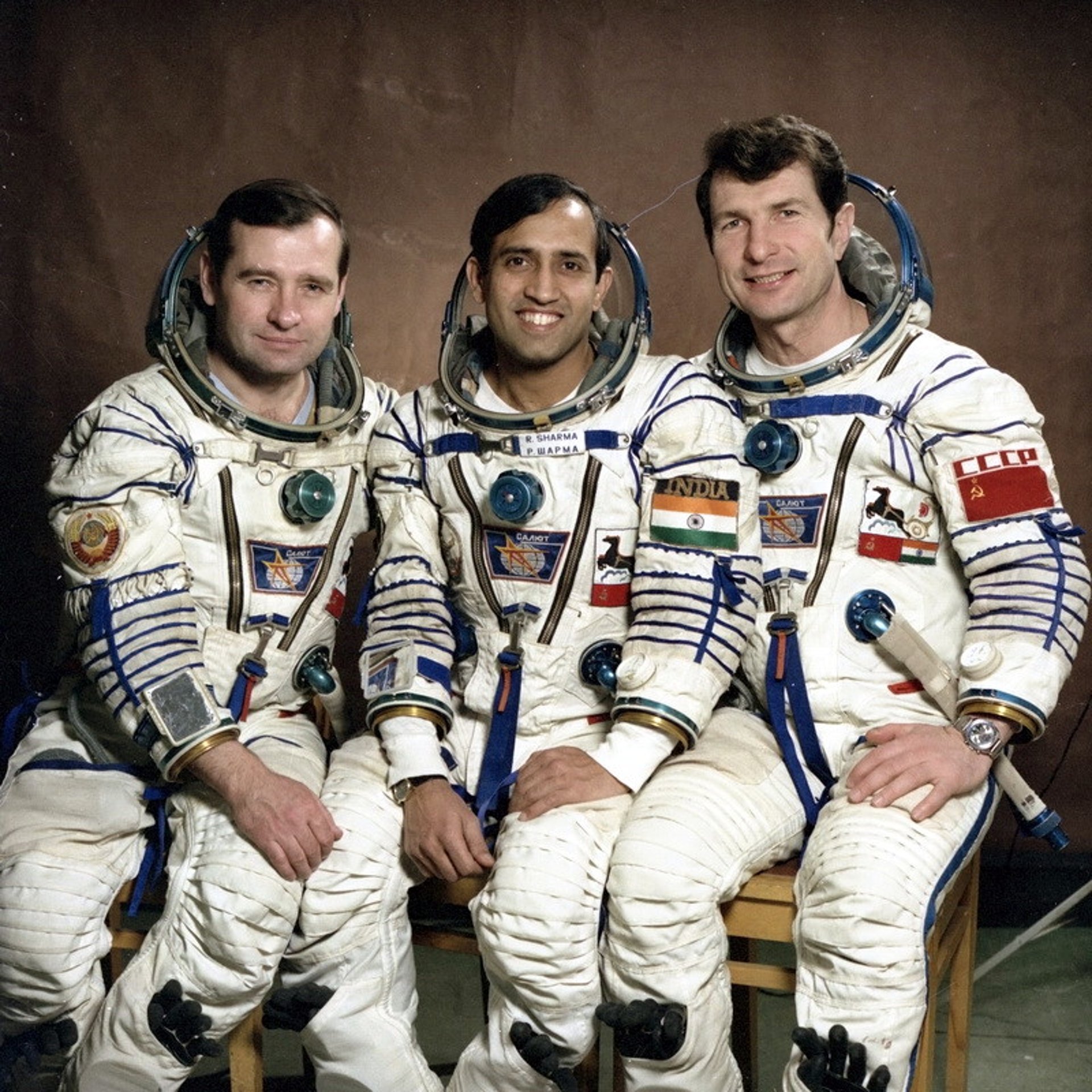
Rakesh Sharma flew to space aboard Soyuz T‑11 on April 3, 1984, as part of the Interkosmos program. He was joined by two Soviet cosmonauts:
Gannadi Strekalov - Flight Engineer
Rakesh Sharma - Research Cosmonaut
Yury (Yuriy) Malyshev - Mission Commander
Together, the three-man crew—Malyshev, Strekalov, and Sharma—launched from Baikonur Cosmodrome, docked with the Salyut 7 space station, and spent about 7 days aboard the station conducting experiments in biomedical science, Earth observation, materials processing, and more
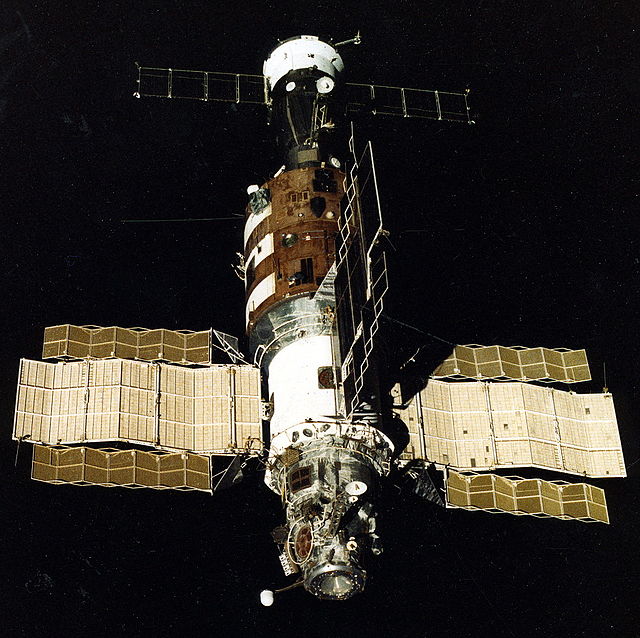

Soyuz T-11
Not to be confused with Soyuz 11, Soyuz TM-11, Soyuz TMA-11, or Soyuz TMA-11M.
Soyuz T-11
Mission Patch, depicting Surya in his chariot.
COSPAR ID1984-032ASATCAT no.14872Mission duration181 days, 21 hours, 48 minutes,Orbits completed~2,935Spacecraft propertiesSpacecraft typeSoyuz-TManufacturerNPO EnergiaLaunch mass6,850 kilograms (15,100 lb)Landing mass2,800 kilograms (6,200 lb)CrewCrew size3LaunchingYury Malyshev
Gennady Strekalov
Rakesh SharmaLandingLeonid Kizim
Vladimir Solovyov
Oleg AtkovCallsignJupiterStart of missionLaunch date3 April 1984, 13:08:00 UTCRocketSoyuz-ULaunch siteBaikonur 31/6End of missionLanding date2 October 1984, 10:57:00 UTCLanding site46 kilometres (29 mi) E of ArkalykOrbital parametersReference systemGeocentricRegimeLow EarthPerigee altitude195 kilometres (121 mi)Apogee altitude224 kilometres (139 mi)Inclination51.6 degreesPeriod88.7 minutesDocking with Salyut 7
Rakesh Sharma, Yury Malyshev and Gennadi Strekalov.
Soyuz programme
(Crewed missions)
Soyuz T-11 was the sixth expedition to the Soviet Salyut 7 space station, which in 1984 carried the first Indian cosmonaut along with Soviet crew members.
Salyut 7 was uncrewed after the undocking of Soyuz T-11 in October 1984 until Soyuz T-13 docked with the station in June 1985. Salyut 7 developed problems during the time it was uncrewed, which meant that the crew of Soyuz T-13 had to perform a manual docking and do repairs to the station.
Crew
[edit]
PositionLaunching crewLanding crewCommanderYuri Malyshev
Second and last spaceflight
Soviet UnionLeonid Kizim
Second spaceflight
Soviet UnionFlight EngineerGennady Strekalov
Third spaceflight
Soviet UnionVladimir Solovyov
First spaceflight
Soviet UnionResearch CosmonautRakesh Sharma
Only spaceflight
IndiaOleg Atkov
Only spaceflight
Soviet Union
Backup crew
[edit]
PositionCrewCommanderAnatoly Berezovoy
Soviet UnionFlight EngineerGeorgy Grechko
Soviet UnionResearch CosmonautRavish Malhotra
India
Mission parameters
[edit]
Mass: 6850 kg
Perigee: 195 km
Apogee: 224 km
Inclination: 51.6°
Period: 88.7 minutes
Mission highlights
[edit]
Rakesh Sharma, aboard Salyut 7 for 7 days, 21 hours, and 40 minutes, conducted an Earth observation program concentrating on India. He also did life sciences and materials processing experiments, including silicium fusing tests. He is also reported to have experimented with practicing yoga to deal with the effects of prolonged orbital spaceflight.[1]
The Soyuz T-11 launch crew Malyshev, Strekalov, and Sharma returned from space in the Soyuz T-10 spacecraft on 11 April 1984.
The story of the first Indian to go to space | Rakesh Sharma
Rakesh Sharma, born on January 13, 1949, in Patiala, Punjab, is celebrated as the first Indian citizen to journey into space . His life story is a testament to dedication, courage, and a relentless pursuit of excellence.🧒 Early Life and Education
Raised in a Punjabi Hindu Brahmin family, Sharma's early years were marked by curiosity and a passion for aviation. He attended St. Ann's High School in Secunderabad and later St. George's Grammar School in Hyderabad. Pursuing higher education, he graduated from Nizam College, Hyderabad
His aspiration to fly led him to the National Defence Academy (NDA) in Pune, where he joined as an Air Force cadet in July 1966. By 1970, he was commissioned into the Indian Air Force (IAF) as a pilot .
✈️ Military Career and Space Journey
Sharma's tenure with the IAF was distinguished. He flew 21 combat missions during the 1971 Bangladesh Liberation War. His exemplary skills as a test pilot caught the attention of both Indian and Soviet space agencies.
In 1982, as part of a collaborative program between India and the Soviet Union, Sharma was selected for the Intercosmos mission. After rigorous training at the Yuri Gagarin Cosmonaut Training Center, he embarked on his historic spaceflight aboard Soyuz T-11 on April 3, 1984, alongside Soviet cosmonauts Yury Malyshev and Gennadi Strekalov. The mission lasted 7 days, 21 hours, and 40 minutes, during which Sharma conducted experiments in bio-medicine and remote sensing aboard the Salyut 7 space station
A memorable moment from the mission was his conversation with then-Prime Minister Indira Gandhi. When asked how India looked from space, Sharma replied, "Saare Jahan Se Achha," echoing a famous patriotic poem
👨👩👧👦 Personal Life
Rakesh Sharma is married to Madhu, an interior decorator. The couple had three children: a son, Kapil Sharma, who pursued a career in filmmaking, and two daughters, Mansi and Krittika. Tragically, Mansi passed away at the age of six. Krittika has established herself as a senior design associate and behavior architect financialexpress.com+6starsunfolded.com+6profileage.com+6.
🏡 Life After Space
After retiring from the IAF in 1987, Sharma joined Hindustan Aeronautics Limited (HAL) as a test pilot. He served as the chief test pilot in the HAL Nashik Division until 1992 and later continued in Bangalore until his retirement in 2001
Post-retirement, Sharma chose a life away from the limelight, settling in Coonoor, a serene town in the Nilgiri Hills of Tamil Nadu. He enjoys activities like golfing, gardening, yoga, and reading
Despite his low-profile lifestyle, Sharma remains connected to India's space endeavors. He serves on the National Space Advisory Council, contributing to ISRO's Gaganyaan mission, which aims to send Indian astronauts into space aboard an indigenous spacecraft.
🏅 Honors and Legacy
In recognition of his monumental achievement, Sharma was awarded the Ashoka Chakra, India's highest peacetime military decoration. He also received the title of "Hero of the Soviet Union," becoming the only Indian to be honored with this distinction


Shukla is be the second Indian astronaut after cosmonaut Rakesh Sharma, who flew aboard Soyuz T-11 as part of the Soviet Interkosmos programme in 1984, to go to space
Indian Air Force (IAF) Group Captain Shubhanshu Shukla became the first Indian astronaut to head to space in over four decades, marking a historic milestone. The much-delayed Axiom-4 (Ax-4) two-week mission, comprising a four-member international crew, including Shukla, lifted off on the company’s Falcon 9 rocket from the Launch Complex 39A at NASA’s Kennedy Space Centre in Florida.
The crew will travel to the orbiting laboratory on a new SpaceX Dragon spacecraft. (nasa.gov)
The fourth private astronaut mission on a new SpaceX Dragon spacecraft to the International Space Station (ISS) is led by commander Peggy Whitson, with 39-year-old Shukla as the pilot and Sławosz Uznański and Tibor Kapu as mission specialists. A toy swan called Joy will be the mission’s “fifth crew member” and act as a zero-g indicator. In India, the swan represents wisdom and purity.
Know the latest trending news with HT. Read detailed articles here
At 10.22am, Dragon’s hatch was closed, and all communication and suit checks were completed. “The seats are rotated, and the AX-4 crew is ready for launch!” posted Axiom Space on X. “This is the first flight for the Dragon supporting this mission, adding a fifth Dragon to the fleet to support human spaceflight missions.”
Less than an hour before the launch, minus an issue with Dragon, all issues, including weather and technical issues, were sorted. NASA said the targeted docking time was 7am EDT (4.30pm IST) on June 26.
Ax-4 mission, a collaborative effort between Texas-based Axiom Space, SpaceX, and NASA, with crew members from India, Hungary, Poland, and the US to the ISS, marks the return of the first human spaceflight for the former three countries after over 40 years.
In his first message, 11 minutes after lift off, Shukla greeted India with a namaskar and said he had the Indian flag on his shoulder. He urged Indians to be as proud and as excited. Shulka said this is the beginning of India’s human space programme.
For India, Shukla is be the second astronaut after cosmonaut Rakesh Sharma to go to space. In 1984, Squadron Leader Sharma flew aboard Soyuz T-11 as part of the Soviet Interkosmos programme and spent seven days on Salyut 7.
In a video message before the launch, Sharma said, “Greetings from India. Wishing you all the very best, to the crew. Godspeed, and spend as much time as possible looking out of the window. Have a fun time, guys.” Shukla’s wife and son also cheered him, saying he was their hero.
Shukla, a decorated test pilot with the IAF, was shortlisted under Isro’s Human Spaceflight Program (HSP). Born in Lucknow, Shukla was commissioned into the IAF fighter wing in June 2006 and has accumulated 2,000 hours of flight experience as a combat leader and test pilot. He rose to the rank of group captain in March 2024 and underwent rigorous year-long training at the Yuri Gagarin Cosmonaut Training Centre in Star City, Moscow.
In February last year, Prime Minister Narendra Modi unveiled him as one of the elite astronauts training for the Gaganyaan mission. The Lucknow-born Shukla is expected to gain critical hands-on experience in spaceflight operations, launch protocols, microgravity adaptation, and emergency preparedness — all essential for India’s crewed space ambitions. On ISS, Shukla will also interact with important dignitaries, students, and members from India’s space industry.
The Department of Space has termed Shukla’s mission as one of strategic importance, with the focus on operational readiness and global integration, and India’s resolve to emerge as a serious contender in human space exploration.
Former Isro chairperson S Somanath said that the experience and learnings from Shukla’s mission to space will greatly help India’s Gaganyaan mission and setting up the Bharatiya Antariksh Station (Indian Space Station).
Prior to Wednesday’s launch, the human spaceflight was postponed five times. With the Ax-4 crew having entered the quarantine period from May 26, the mission was originally fixed for May 29. The launch was marred first by technical issues on the Crew Dragon Module, followed by unfavourable weather conditions, a liquid oxygen leak in the Falcon 9 rocket, and a pressure signature indicating a leak in the aftmost segment of the ISS Zvezda Russian service module. The last factor led to the mission being pushed twice.
Hours after June 25 was announced as the new date, the US space agency said the decision was made after officials from NASA and Roscosmos discussed the status of the recent repair work in the transfer tunnel at the aft (back) most segment of the Zvezda service module.
“Based on the evaluations, NASA and Roscosmos agreed to further lower the pressure in the transfer tunnel to 100 millimeters of mercury, and teams will continue to evaluate going forward. Safety remains a top priority for NASA and Roscosmos.”
Acting NASA administrator Janet Petro said that NASA and Roscosmos have a long history of cooperation and collaboration on ISS. “This professional working relationship has allowed the agencies to arrive at a shared technical approach, and now Axiom Mission 4 launch and docking will proceed. We look forward to the launch with Axiom Space and SpaceX for this commercial international mission.”
For the Ax-4 mission, NASA is responsible for integrated operations, which begin during the spacecraft’s approach to the space station, continue during the crew’s stay aboard the orbiting laboratory conducting science, education, and commercial activities, and conclude once the spacecraft departs the station.
On board the ISS, the Ax-4 crew is set to conduct 60 science experiments representing 31 countries, including the US, India, Poland, Hungary, Saudi Arabia, Brazil, Nigeria, UAE, and nations across Europe.
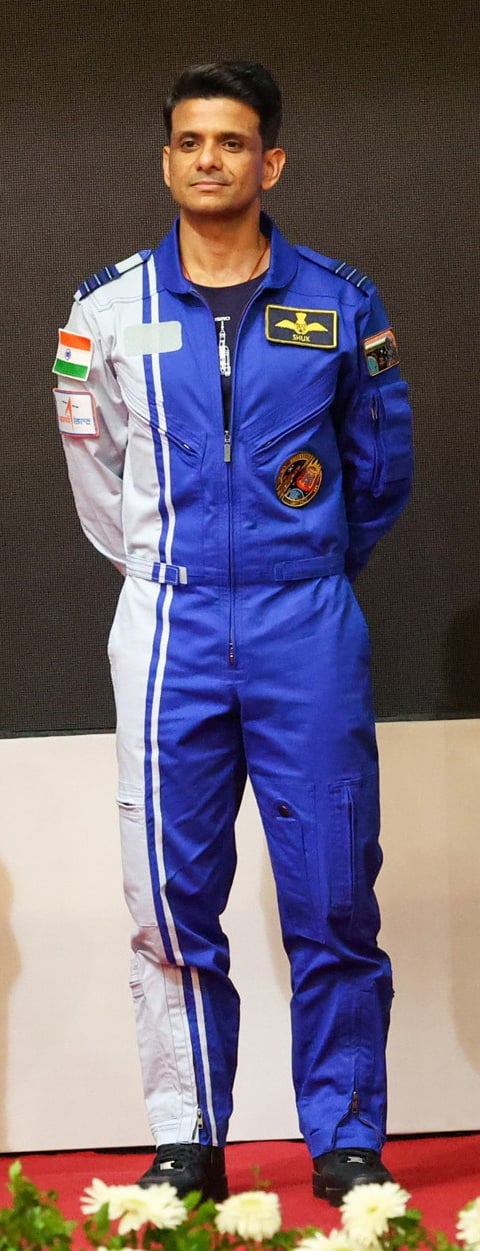


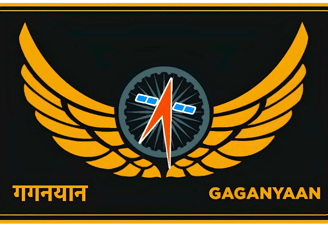
During the inaugural ceremony held on 27 February 2024 at the Vikram Sarabhai Space Centre, Thiruvananthapuram, Hon'ble PM unveiled the Indian Astronaut Logo.
The spacecraft that safely carried Shubhanshu Shukla to the International Space Station is SpaceX’s Crew Dragon “Grace” (serial C213), launched atop a Falcon 9 Block 5 rocket. It was part of the Ax‑4 (Axiom Mission 4) mission—an American private flight arranged by Axiom Space in collaboration with SpaceX and NASA timesofindia.indiatimes.com+15en.wikipedia.org+15thespacereview.com+15.
Here are the key details:
Launch date: June 25, 2025, from Kennedy Space Center, LC‑39A timesofindia.indiatimes.com+14en.wikipedia.org+14en.wikipedia.org+14.
Docking: It docked with the ISS’s Harmony zenith port on June 26 at about 10:31 UTC (16:01 IST) ndtv.com+5en.wikipedia.org+5en.wikipedia.org+5.
Astronaut role: Shukla served as the mission pilot aboard Grace nasa.gov+15en.wikipedia.org+15m.economictimes.com+15.
Mission duration: A planned ~14-day stay, conducting over 60 scientific experiments aboard the ISS ndtv.com+2deccanherald.com+2timesofindia.indiatimes.com+2.
So in summary:
Spacecraft: Crew Dragon “Grace” (C213)
Rocket: Falcon 9 Block 5
Mission: Axiom Mission 4 (Ax‑4)
Docking port: Harmony zenith
Launch–Docking: June 25 → June 26, 2025
India harbors grand dreams in space — blending practical development with lofty aspirations for exploration and discovery.
🌏 Practical & Socio-Economic Impact
Development first: Since the days of Vikram Sarabhai, India has prioritized using space for real-world benefits — from weather forecasting to rural connectivity — rather than flashy stunts reddit.com+1timesofindia.indiatimes.com+1.
Growing private role: With initiatives like IN‑SPACe and space‑focused venture funds, the rise of startups and public–private partnerships is empowering youth and diversifying innovation financialexpress.com.
🌕 Exploration, Discovery & National Prestige
Lunar & planetary missions: Chandrayaan‑3's historic soft‑landing in 2023 echoes deeply in the national consciousness; it's India’s first near‑south‑pole touchdown. Chandrayaan‑4 and Aditya‑L1 missions further cement India’s scientific credibility vicepresidentofindia.gov.in+3financialexpress.com+3timesofindia.indiatimes.com+3.
Mars & beyond: Building on the success of Mangalyaan (Mars Orbiter Mission), public expectations include moon sample-return, Venus exploration, and studying solar phenomena — with Aditya‑L1 already launched .
👨🚀 Human Spaceflight: Pride, Inspiration & Capability
Gaganyaan human mission: Scheduled for 2027, it's poised to make India the fourth nation—after the U.S., Russia, and China—to send people to space. This effort includes humanoid “Vyommitra” and Trumpeted as a “giant leap” for the nation theguardian.com+3en.wikipedia.org+3timesofindia.indiatimes.com+3.
Space station vision: Planning is underway for the first module of Bharatiya Antariksh Station by 2028, leading toward a full-fledged station by around 2035 reddit.com+5en.wikipedia.org+5en.wikipedia.org+5.
National pride & unity: When Group Captain Shubhanshu Shukla goes to ISS (Axiom‑4 mission), he’ll be India’s first astronaut on the station since 1984. His mission includes scientific experiments, and his presence symbolizes national aspiration en.wikipedia.org+9theguardian.com+9timesofindia.indiatimes.com+9.
Voices like Rakesh Sharma and PM Modi capture the emotional resonance: “farthest from India but closest to Indians’ hearts,” underscoring how space connects to collective identity timesofindia.indiatimes.com+2timesofindia.indiatimes.com+2economictimes.indiatimes.com+2.
🔭 Broad Public Sentiment & Expectations
Youth inspiration: Chandrayaan‑3 success and ISRO’s outreach spurred space startups to grow from just a few to well over 150, motivating many students toward STEM careers indiatoday.in+2financialexpress.com+2government.economictimes.indiatimes.com+2.
Passion over pay: ISRO leaders affirm that public passion, not financial gain, drives the movement, and they’re actively engaging academia—and through YUVIKA—to ignite early interest in space indiatoday.in+1en.wikipedia.org+1.
Geopolitical ambition: For many Indians, space is also about global stature and competing in the Asian space race, especially alongside China—seen as both a strategic and scientific necessity lse.ac.uk+1drishtiias.com+1.
🇮🇳 The Indian Dream in Space
DomainExpectationImpactNon‑exotic utilitySatellites for agriculture, climate, connectivityDaily life improvementsSymbolic missionsChandrayaan, Mangalyaan, Aditya-L1Global scientific statusHuman frontierGaganyaan, ISS, Bharatiya StationNational pride & skill-buildingYouth mobilizationStartups, YUVIKA, ISRO incentivesSTEM growth & long-term innovation
✨ In summary
Indians expect a balanced space program — one rooted in tangible socioeconomic benefits yet soaring into human spaceflight, exploration, and scientific discovery. People see space as both a tool and a platform: improving lives on Earth while elevating India’s global stature and igniting the imagination of future scientists, engineers, and engineers-to-be.
Commander: Dr. Peggy Whitson (USA)
Former NASA astronaut, now Director of Human Spaceflight at Axiom Space.
Most experienced American astronaut, with 675 days in space, first woman to command the ISS and lead private missions
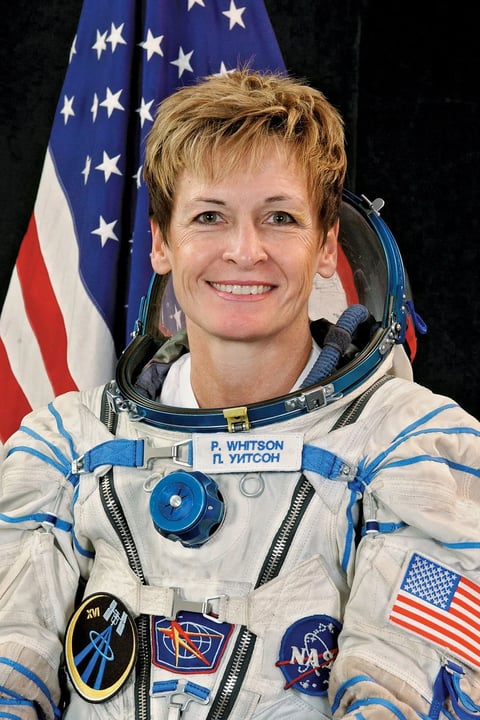

Peggy A. WHITSON was born to Keith and Beth WHITSON on February 9, 1960 in Mount Ayr. The WHITSONS farm near Beaconsfield, Iowa. On July 20, 1969, Peggy watched a television newscast of Neil ARMSTRONG's moon walk. Nine-year-old Peggy decided that she too would be an astronaut.
Pilot: Group Captain Shubhanshu Shukla (India)
Indian Air Force test pilot with 2,000+ flight hours across multiple missions.
The second Indian in orbit and the first Indian to visit the ISS, selected as the mission pilot for Axiom Mission 4
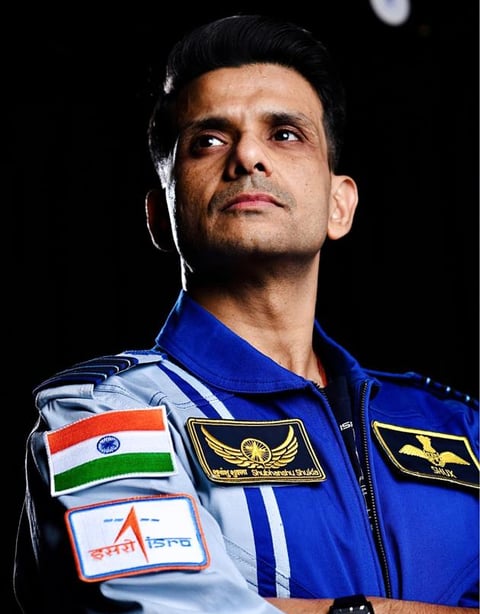

Astronaut Shubhanshu Shukla has created history by becoming the first Indian ever to set foot on the International Space Station (ISS).
A live broadcast showed the Axiom-4 (Ax-4) mission docking with the orbiting laboratory and its four-member crew crossing over to the ISS.
Led by former Nasa veteran Peggy Whitson and piloted by Group Captain Shukla, Ax-4 lifted off on Wednesday. The crew, including Slawosz Uznanski-Wisniewski from Poland and Tibor Kapu from Hungary, will spend two weeks on the ISS.
Group Captain Shukla is only the second Indian to travel to space. His trip comes 41 years after cosmonaut Rakesh Sharma became the first Indian to fly aboard a Russian Soyuz in 1984.
Mission Specialist 1: Sławosz Uznański‑Wiśniewski (Poland)
ESA project astronaut and nuclear engineer; former CERN expert overseeing Large Hadron Collider.
Carried a historic Polish flag from Poland’s first spaceflight in 1978
Sławosz Uznański-Wiśniewski (Polish: [ˈswavɔʂ uzˈnaɲskʲi viɕˈɲɛfskʲi]; né Uznański;[1] born 12 April, 1984), nicknamed Suave,[2] In June 2025, he became the second Polish national to go to space, marking the country's return to crewed spaceflight after nearly 47 years and its first mission aboard the International Space Station.[3]
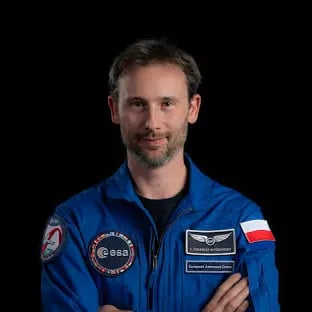

Mission Specialist 2: Tibor Kapu (Hungary)
Mechanical engineer specializing in polymer tech and space radiation.
Selected from 247 candidates via Hungary’s HUNOR program; Skydiver and half‑marathon runne

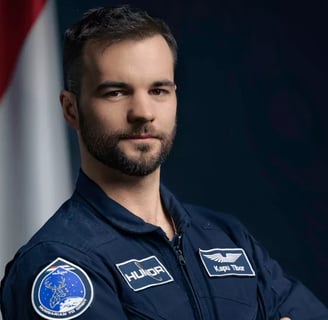
WMission Specialist: Tibor Kapu (Hungary/HUNOR)
Affiliation: Hungarian to Orbit (HUNOR) program via Hungarian Space Office business-standard.com+4en.wikipedia.org+4wesh.com+4
Background:
Mechanical engineer turned specialist in aerospace radiation protection theweek.in
Selected from 247 national candidates in 2023 en.wikipedia.org+1theweek.in+1
Trained at NASA in April 2025; an avid skydive enthusiast news9live.com+1en.wikipedia.org+1
Mission Role: Conducts Hungary’s first ISS mission in over 40 years
Mission Specialist: Sławosz Uznański‑Wiśniewski (Poland/ESA)
Affiliation: ESA Astronaut Reserve (2022 class), flying as a specialist on Ax‑4 en.wikipedia.org+15spaceexplored.com+15business-standard.com+15
Background & Expertise:
Holds multiple master’s degrees and a Ph.D. in radiation-tolerant systems theweek.in
Worked at CERN as a reliability expert and project lead for the Large Hadron Collider news9live.com+1theweek.in+1
Speaks Polish, English, and French; mountain climber and sailor; married with meteorite wedding bands flown to space en.wikipedia.org
Significance: First Polish astronaut to visit the ISS
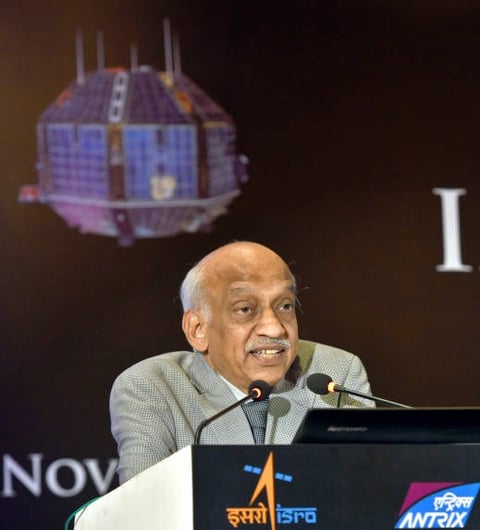

Putting man in space is India’s next giant leap: AS Kiran Kumar
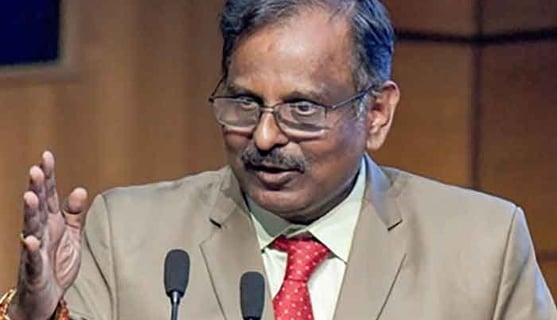

ISRO chief reveals updated timeline for Gaganyaan
budget for Gaganyaan human spaceflight mission to $2.32 billion
